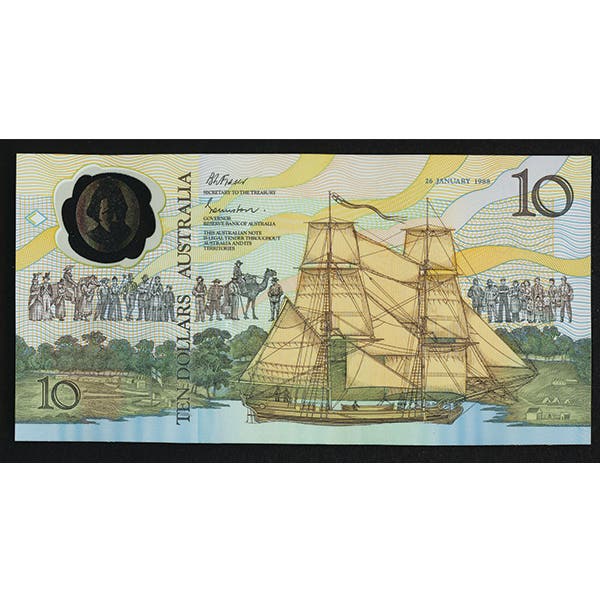You Might Be a Numismatist If …
What are the behaviors that indicate someone is a numismatist and not a member of the general public who handles coins and currency? You might be a numismatist if ……
What are the behaviors that indicate someone is a numismatist and not a member of the general public who handles coins and currency?
You might be a numismatist if ...
• You check any change you receive for dates and mintmarks.
• You pay currency for smaller purchases in order to receive coins back in change.
• You examine the serial numbers on your currency for ladders, repeaters, radars, ascending or descending sequences.
• You always carry around either your numismatic want list or maybe even an inventory of your entire collection.
• You eagerly look forward to finding the new year-dated coins in your change.
• You own a set of coins issued in the year you were born.
• When you make suggestions to others on gifts you are interested in receiving, most of them are to fill holes in your collection or are gift certificates to businesses where you purchase coins and currency.
• You carry around the actual pieces or at least photographs of your prized coins and currency to show off to other people.
• You stop at mints and museums with major numismatic collections when you go on vacation.
• You take vacation time so as to be able to attend major coins shows or the American Numismatic Association Summer Seminars.
• You spend more time online researching coins and currency for sale than you do for all other products and services combined.
• You always pick up the cents you spot on the sidewalks and streets.
• You pay dues to be a member of a coin club or to subscribe to a numismatic publication.
• You understand jargon such as “09-S VDB 65 Red PCGS.”
• You have ever purchased hobby supplies.
• You are reading this column.
Numismatic Trivia
Last week I asked who was the only chief engraver of the U.S. Mint, going back more than 225 years, who was not born in Scotland, England, Pennsylvania or New Jersey. The answer is John Sinnock, U.S. Mint chief engraver from 1925 to 1947, who was born in New Mexico.
This week’s numismatic trivia question: Victor David Brenner’s original proposed design for the reverse of the Lincoln cent was rejected because it was too similar to which foreign coin?









